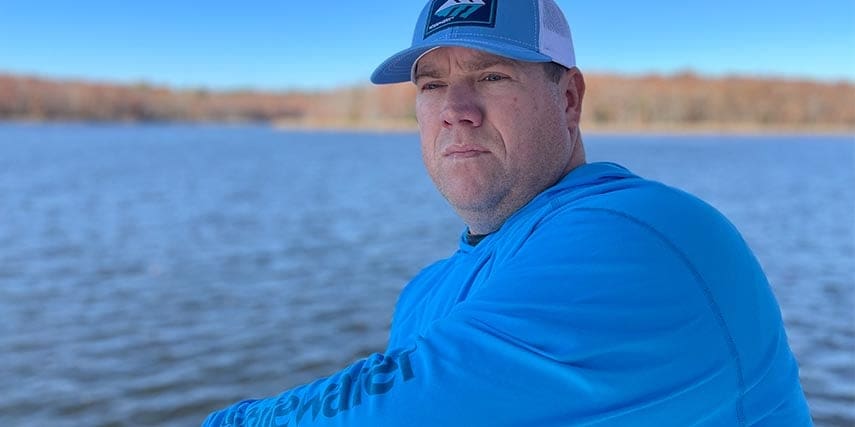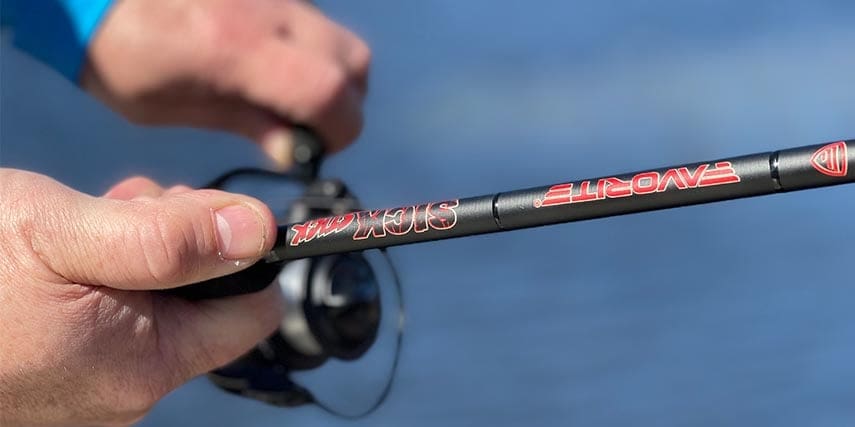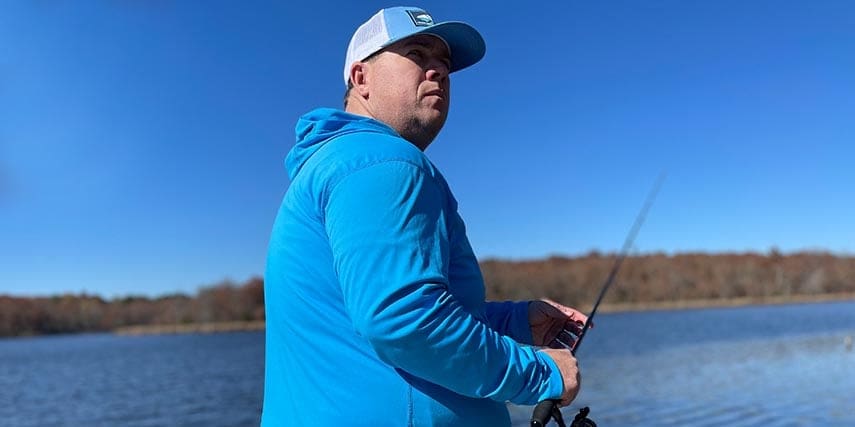
As an avid deer hunter, it has always been hard to understand why many fishermen spend much of their time on the water during a period in which they could instead be hunting.
As I have visited with anglers and opened my eyes to more fishing opportunities, it has become clear that anglers look at hunters with the same bewilderment, speculating why in the world anyone would hunt when bass fishing can be so good.
On a recent trip near Branson, Missouri, I elected to try a few casts along the rocky banks of Table Rock Lake. Although I had been to Table Rock recently, it was never while fishing. Since it was my first time fishing this lake, I planned to stay close to the bank, thinking the bass would be found in the warmer shallow water.
Watching in the distance, I noticed several boats travel into the small creek arms to do most of their fishing. It wasn’t long before I heard the bass splash coming out of the water. From where I was standing, I could see a gentleman reeling in a famous Table Rock largemouth bass. As my weekend at the lake continued, my assumption of where the bass could be found was validated. Almost every angler I had encountered was catching bass in shallow water or in a creek arm which was also primarily shallow.

Where To Find Fall Bass
Though my prediction of the bass being in shallow water during the fall was accurate, it wasn’t for the reason I thought. When I fished the lake, it was late fall, and temperatures were much cooler, especially during the night hours. As cooler nights appear, water temperatures begin to lower, which makes baitfish, such as shad, head to shallower water.
Most baitfish stay in deep water during the hot summer to reap the benefits of better oxygen. When the cool fall air brings the lake temps back down, typically, the shad travels to more shallow waters because oxygen increases along the banks. I don’t claim to be a pro fisherman, but I know that to find the bass, one must follow the baitfish. That is why most fishermen were fishing in shallow waters on that crisp fall day – They were following the baitfish.

Best Lures For Fall
The time of the season will determine what lures work the best. In early to mid-fall, fishing for largemouth bass becomes a searching game. The bass may linger in deeper waters while water temperatures remain warm. When bass are in deep water, anglers should use a deep diving jerk bait or deep diving crankbait to get the bait down to the level of schools of bass. Until water temperatures reach sixty degrees or below, fish deeper water.
Using a lure that creates extra motion when fishing in mid-depth areas is ideal. Again, the angler may need to search for the bass early or mid-fall when water temperatures have only begun to lower. Using a crankbait and covering a lot of water until the bass are found is the best tactic.
As fall progresses and shad travel to shallow water, it is vital to remember that you are trying to imitate the shad or whatever baitfish is the primary bait in your lake.
While fishing Table Rock, I used my Favorite Fishing Sick Stick Spinning reel with a 7’ 1” Med/Heavy rod while fishing a 3’ to 6’ deep crankbait. My most successful casts occurred when I cast out into mid-depth water and would reel slowly toward the bank. The bass that were tucked back under cover often exploded out to grab the bait.
Many anglers who fish later in the fall often use lures such as a football jig, shallow squarebills, or soft swimbaits replicating a shad. Remember, it is vital to match up your lure with whatever most of the baitfish in your lake may be.
I’ve always said my passion for deer hunting during the fall could never be altered. However, as exciting as bass fishing can be during the fall transition in bigger bodies of water such as the lake, I now know why some hunters become weekend hunters only, feeding their other passion of fall bass fishing during the other five days of the week.

